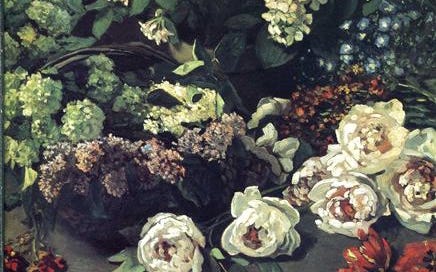Known as one of the “fireside poets” Longfellow is a beloved poet for the lilting dreamlike character of his poetry. The musicality of his verse almost has the same quality of impressionist artwork. There is a very clear and distinct picture, but edges are fuzzy, almost as if you are in a dream.
"The Arrow and the Song" I shot an arrow into the air, It fell to earth, I knew not where; For, so swiftly it flew, the sight Could not follow it in its flight. I breathed a song into the air, It fell to earth, I knew not where; For who has sight so keen and strong, That it can follow the flight of song? Long, long afterward, in an oak I found the arrow, still unbroke; And the song, from beginning to end, I found again in the heart of a friend.
If you will forgive me starting with a story, I was reminded of this poem when my Dad and I were on a last walk through his newly sold woods. We saw, although we had walked that same spot hundreds of times, for the first time a crossbow bolt stuck in a tree about 12 feet above us. Several years ago, when they were my father’s newly purchased woods, we lost all ten of the bolts the crossbow came with in the first week, unacquainted with such powerful a weapon. It was, at sunset, a delightful reminder of sunrise and just how good the day was.
This whole poem may be about reminders, about repetition. Life may be like an arrow or a song, too fast for the eye to follow, but patterned enough for each moment to be recognized. Importantly, the poem reminds us that the arrow is “unbroke” and the song whole, found “from beginning to end.” The circumstances change, but not the thing itself. The smile from the first date repeats itself on the wedding night, and the same smile repeats itself at the retirement ceremony. Goodness, like the arrow, has a way of wriggling itself back into each of our life’s pattern.





